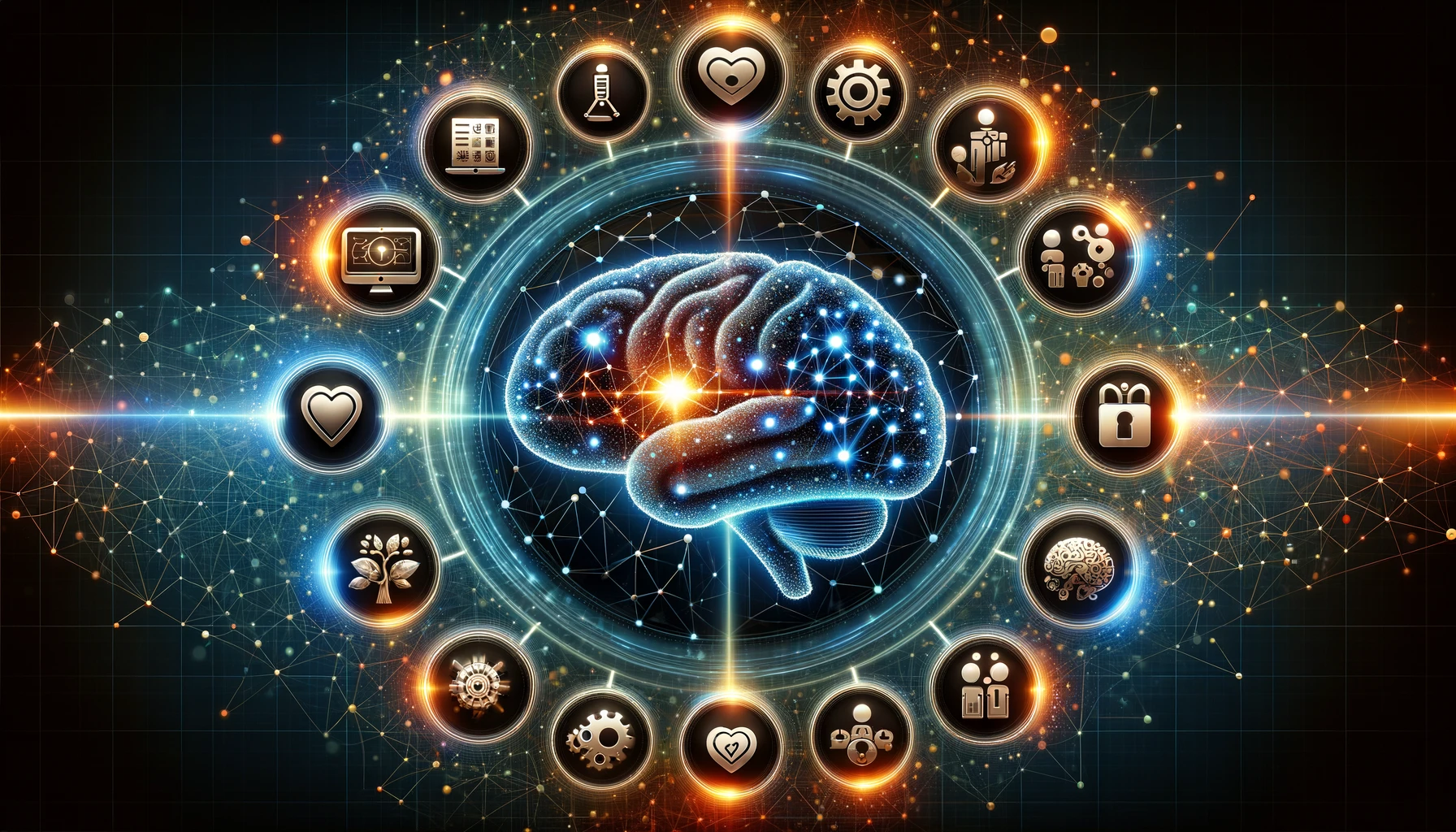In a recent statement by Sam Altman at the World Government Summit 2024 in Dubai, the potential capabilities and implications of the upcoming GPT-5 were brought to the forefront of the artificial intelligence discourse. Altman’s emphasis on the increased intelligence of GPT-5 over its predecessors has sparked a lot of discussions in both the AI community and the broader public sphere. Let’s take a closer look at the meaning of his core statement: “It’s gonna be better at everything across-the-board.”
Sam Altman
If it’s a little bit better, if it’s a little bit smarter, that means it’s a little bit better at everything
The Core of GPT-5: “It’s Gonna Be Smarter”
Altman’s assertion that GPT-5 will be “smarter” is not just a qualitative leap; it’s a fundamental shift in how we perceive and interact with LLMs. This enhancement in intelligence means that GPT-5 will not only understand and generate human-like text more coherently but will also exhibit improved reasoning, problem-solving, and learning capabilities. The implications of this are vast, ranging from more sophisticated conversational agents to advanced systems capable of complex decision-making and innovation.
Multimodality and Speed
The mention of multimodality and increased speed alongside improved intelligence is particularly noteworthy. Multimodality refers to the model’s ability to understand and generate not just text, but images, sounds, and potentially other types of data, leading to more holistic AI systems. The increase in processing speed, meanwhile, will make AI tools more accessible and efficient, allowing for real-time interactions and analyses that were previously impractical.
Implications for Smaller LLMs
The advancements heralded by GPT-5 present a double-edged sword for smaller LLMs. On one hand, the technological spillovers could lead to a democratization of AI, where smaller models benefit from the research and development investments of larger projects. On the other hand, the sheer scale and capabilities of GPT-5 could overshadow smaller models, potentially stifling innovation and consolidation in the market around a few large players.
“Better at Everything Across-the-Board”
This statement encapsulates the transformative potential of GPT-5. Being “better at everything” suggests a level of generality and adaptability that could see LLMs moving from specialized tasks to being central players in a wide array of industries, from healthcare and education to creative arts and engineering. This universality also raises important questions about the ethical implications of such powerful tools, including concerns around privacy, misinformation, and the displacement of human labor.
Looking Ahead
As we stand on the cusp of the GPT-5 era, it is crucial for the AI community, policymakers, and the public to engage in proactive discussions about the direction of this technology. The potential for positive impact is immense, but so are the challenges and responsibilities that come with it. Ensuring that the development and deployment of GPT-5 and subsequent models are guided by ethical principles, inclusivity, and a commitment to the betterment of society will be paramount.
In conclusion, Sam Altman’s insights into GPT-5 offer a glimpse into a future where AI could become an even more integral part of our daily lives. The emphasis on increased intelligence, multimodality, and efficiency heralds a new chapter in the evolution of LLMs, one that holds the promise of unprecedented advancements and the necessity for thoughtful stewardship. As we navigate this exciting yet uncertain terrain, the collective wisdom of the global community will be our most valuable asset in harnessing the true potential of AI for the greater good.
